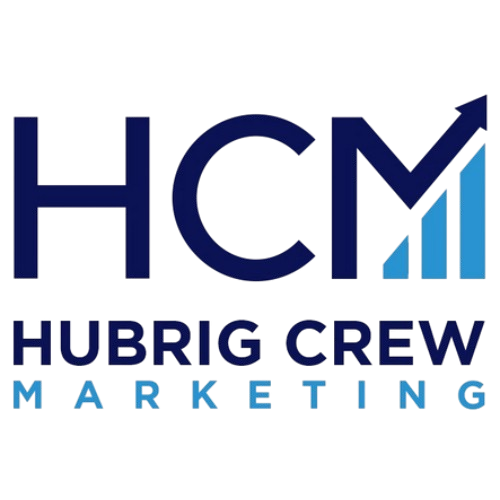Introduction to SEM
In a world where digital interactions are at the forefront, Search Engine Marketing (SEM) emerges as a powerful tool for businesses aiming to enhance their online visibility. SEM, primarily focused on paid search advertising, plays a pivotal role in ensuring your website appears at the top of search engine results pages (SERPs).
Consider this: with millions of Google searches happening every minute, a strong online presence isn’t just beneficial—it’s essential. Consumers today rely heavily on online research before making purchases, with 85% conducting research and 74% using websites as a primary source. This trend underlines the importance of engaging with potential customers where they’re already seeking information.
SEM works by promoting targeted ads prominently in search results. Using complex algorithms, it ensures that these ads are relevant to the user’s query, making them an efficient use of marketing budgets. By aligning your advertising efforts with consumers’ active searches, SEM not only drives traffic but also amplifies your brand’s credibility and reach.
In essence, SEM is your gateway to connecting with a broader audience, positioning your business for success in the ever-evolving digital landscape.
Types of Paid Search Ads
Understanding the types of paid search ads is crucial for leveraging SEM effectively. Two primary models are Pay-Per-Click (PPC) and Cost-Per-Mille (CPM), each with unique purposes.
PPC focuses on driving immediate traffic and conversions. Advertisers pay each time their ad is clicked, making it ideal for businesses targeting motivated users looking for specific products or services. It’s a performance-based model, offering granular control over budgets and detailed analytics for optimizing campaigns.
CPM, in contrast, aims at brand awareness. Advertisers pay for every thousand impressions, making it effective for reaching a broad audience and enhancing brand recall over time. It’s perfect when the goal is visibility rather than direct conversions.
| Feature | PPC | CPM |
|---|---|---|
| Objective | Immediate traffic/conversions | Brand visibility/awareness |
| Payment Model | Per click | Per thousand impressions |
| Best for | Motivated users | Broad audience |
For instant results and targeted traffic, choose PPC. If your focus is long-term brand exposure, CPM is the way to go. Selecting the right model aligns your SEM strategy with your business goals.
Keyword Research Essentials
In the realm of Search Engine Marketing (SEM), keyword research is pivotal for optimizing ad performance and ensuring cost-efficient campaigns. By focusing on relevance and intent, businesses can avoid wasted budgets and enhance conversion rates.
Several tools can aid in identifying effective keywords:
- Moz Keyword Explorer – Best for comprehensive SEO insights.
- Google Keyword Planner – Ideal for paid keyword research and budgeting.
- Semrush – Provides detailed data for advanced users.
- Free Keyword Research Tool – Simple and user-friendly for basic needs.
Selecting the right keywords involves strategies like prioritizing specific keywords that align with your business offerings. For example, long-tail keywords often provide clearer intent, making them more effective for targeted campaigns. Understanding the distinction between explicit and implicit keywords is crucial for aligning with user intent.
Employing these strategies and tools helps in making data-driven decisions, ultimately enhancing ad performance and achieving SEM success.
Crafting Compelling Ad Copy
Creating effective ad copy is an art that combines understanding your audience with strategic messaging. Begin with clear and engaging headlines that immediately capture attention. A headline that offers direct benefits, such as using numbers or questions, can significantly boost engagement.
Next, focus on your value proposition. Clearly articulate how your product or service solves a problem or fulfills a need. This builds trust and encourages action. Remember, your copy should speak directly to your target audience, using language that resonates with their needs and preferences.
Consider this example: “Secure Your Data with Our Top-Tier Solutions“—a compelling ad from Wrike that underscores security, differentiating it from competitors.
Understanding your audience is crucial. Develop detailed buyer personas to tailor your messaging effectively. Ask the right questions to reveal consumer preferences and ensure your message aligns with their values.
Lastly, don’t forget to include a persuasive call-to-action (CTA). A clear, action-oriented CTA can create urgency and drive conversions. As you refine your ad copy, remember the importance of emotional appeal and storytelling in making your message memorable and authentic.
Measuring SEM Success
To effectively gauge the success of your SEM campaigns, it’s crucial to focus on key performance indicators (KPIs). Metrics like Click-through Rate (CTR), Cost-per-click (CPC), and Conversion Rate (CVR) provide insights into ad performance and financial effectiveness. Monitoring these KPIs can lead to a better understanding of your campaign’s impact and areas needing improvement.
Using the right tools is essential for tracking these metrics. Platforms like Google Ads and Semrush offer robust performance tracking and data analysis features. These tools help marketers monitor ad campaigns across various networks, providing valuable insights into audience behavior and ad effectiveness.
Data-driven decision-making is a cornerstone of successful SEM strategies. By utilizing analytics, marketers can identify trends, optimize ad copy, and refine keyword selection. This approach ensures that decisions are based on solid evidence rather than intuition, leading to higher engagement and better conversion rates.
For businesses looking to enhance their online visibility, effective PPC management is vital. Consistently analyzing and responding to data is key to staying competitive and driving SEM success.
Frequently Asked Questions
What is the cost of SEM?
The cost of Search Engine Marketing (SEM) can vary significantly based on factors such as the chosen agency, ad budget, and specific advertising strategies. In 2024, small to medium-sized businesses (SMBs) typically invest between $9,000 and $10,000 per month on SEM services. Different pricing models, such as percent of ad revenue or flat rate management, can also influence the costs.
How long does it take to see results?
Results from paid search services often start appearing in 2-3 months, as the core phase of the SEM strategy includes research and foundation building. More significant outcomes, especially from SEO efforts, may take up to 12 months. SEM is a long-term commitment, with phases designed to gradually amplify and dominate the market.
Can SEM work for small businesses?
SEM is highly effective for small businesses, providing increased visibility, immediate results, and targeted advertising. By appearing at the top of search engine results pages, small businesses can attract more clicks and compete with larger brands. The cost-effectiveness and control over budget make SEM a viable option, even for those with limited marketing resources.
Conclusion: Transform Your Online Presence
As we’ve explored, Search Engine Marketing (SEM) offers numerous benefits that can significantly elevate your business’s online presence. From increased visibility and immediate results to targeted advertising and cost-effectiveness, SEM is a powerful tool for businesses of all sizes. By leveraging the right strategies, businesses can effectively reach their target audience, driving traffic and conversions.
Implementing SEM strategies requires a thoughtful approach. It’s important to understand the different types of paid search ads, conduct thorough keyword research, and craft compelling ad copy. Monitoring key performance indicators and leveraging analytics tools will help you make data-driven decisions to optimize your campaigns.
Now is the time to take action. With the insights gained from this article, you can start transforming your online presence today. Whether you’re a small business looking to compete with larger brands or a larger company aiming to dominate the market, SEM provides the tools you need to succeed. Embrace the digital age and unlock the full potential of your business with SEM.



